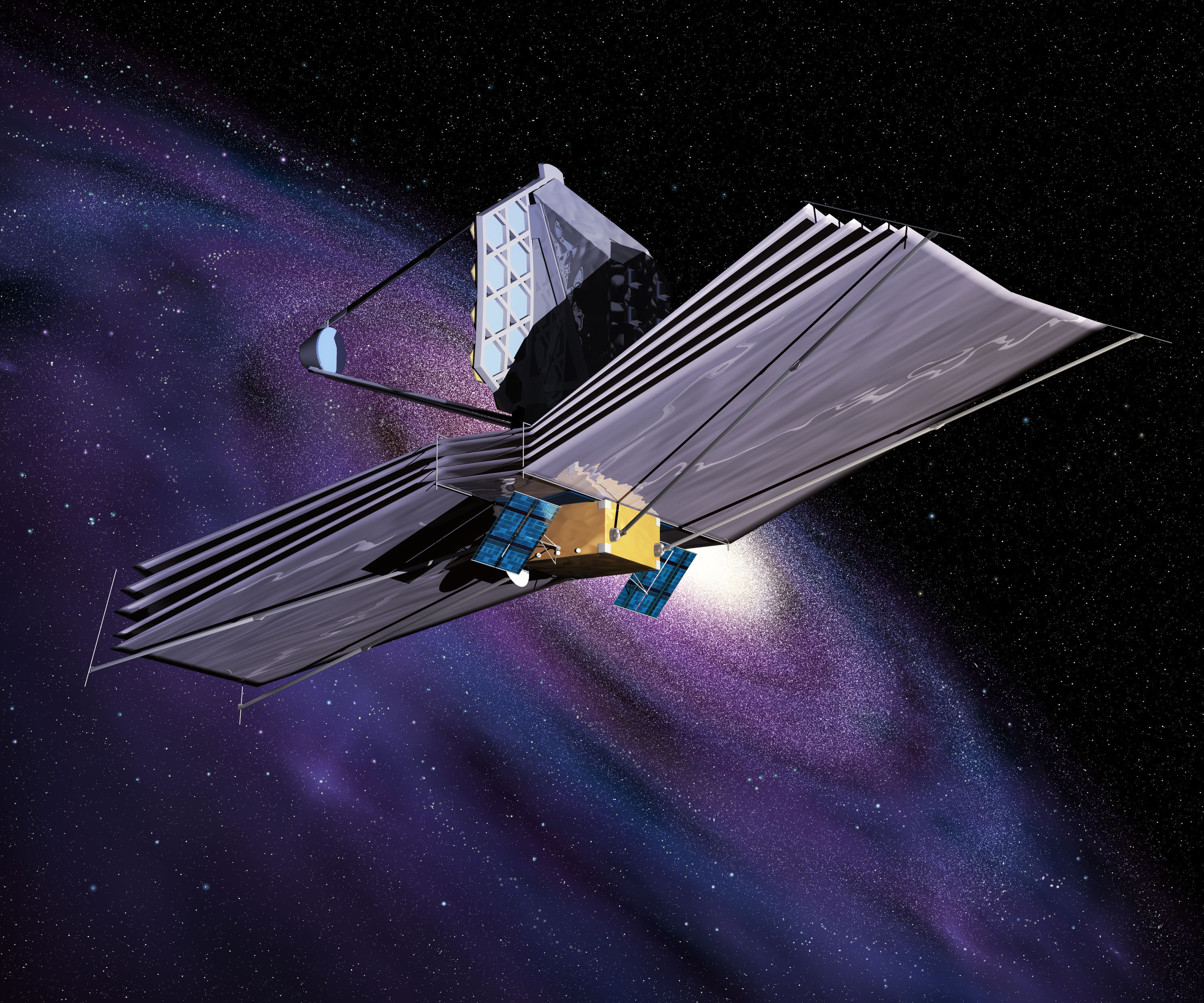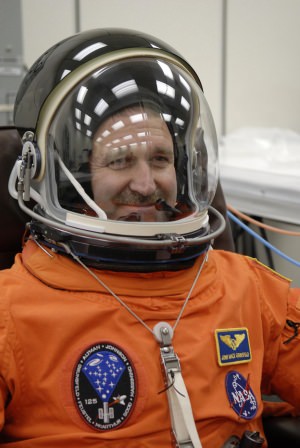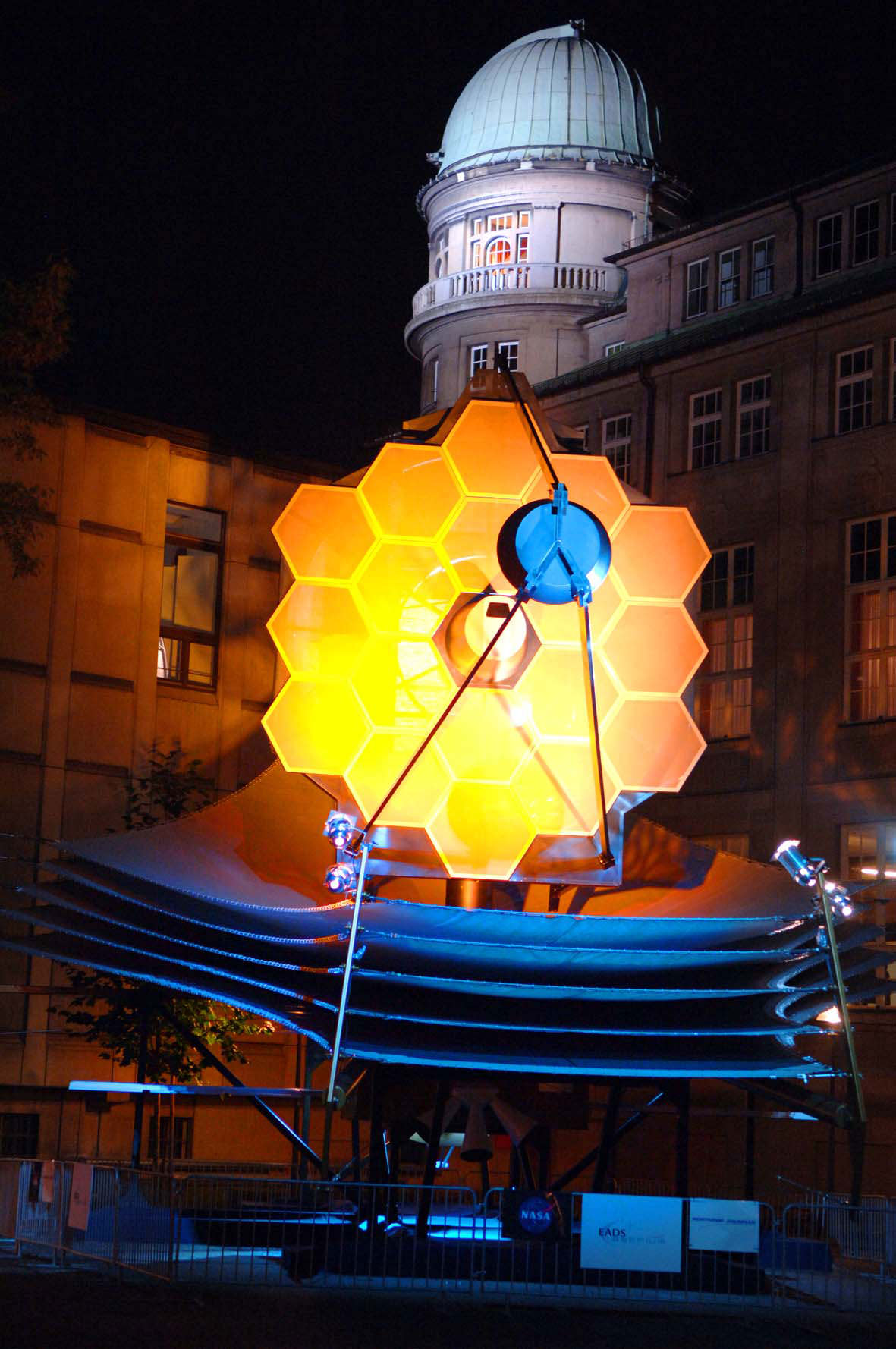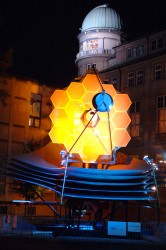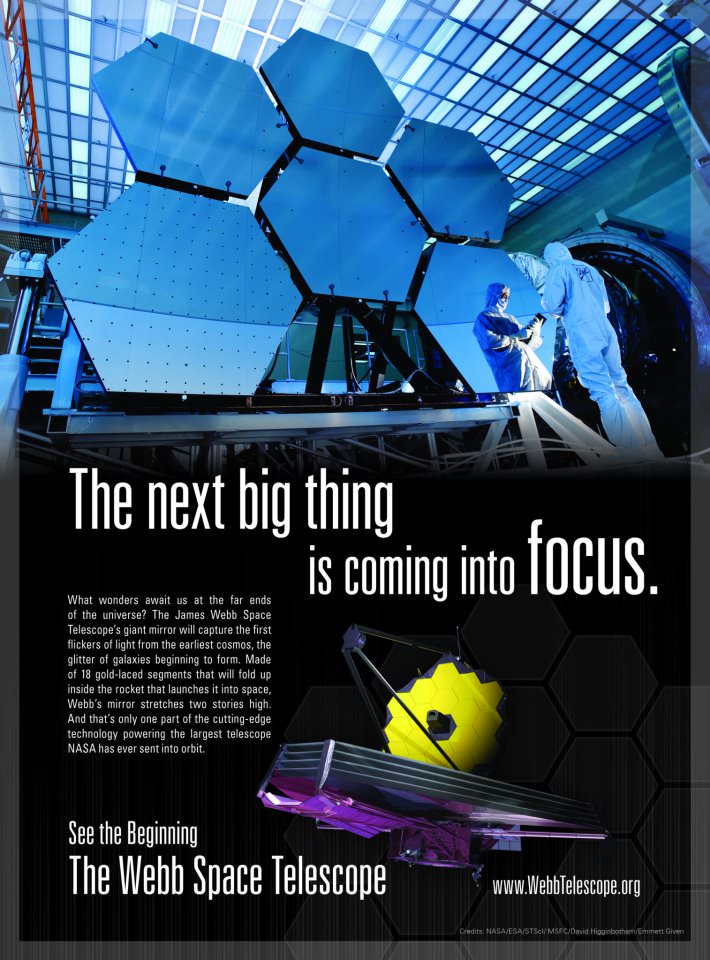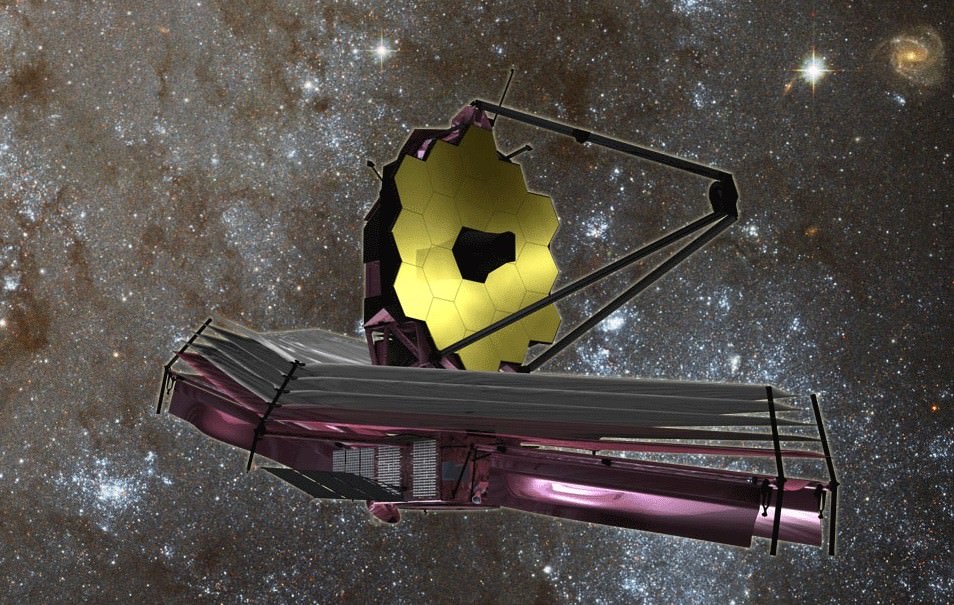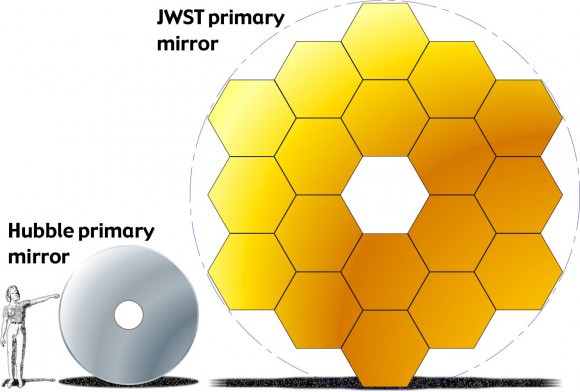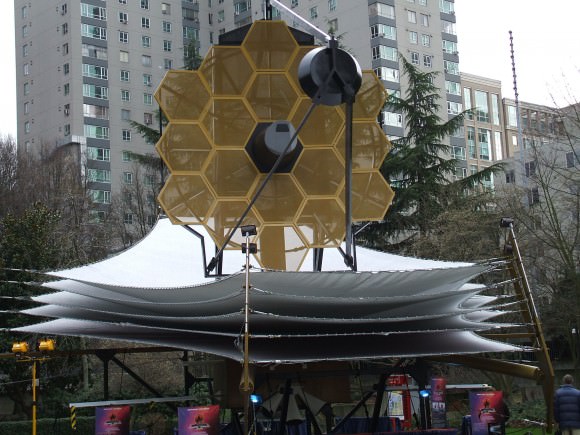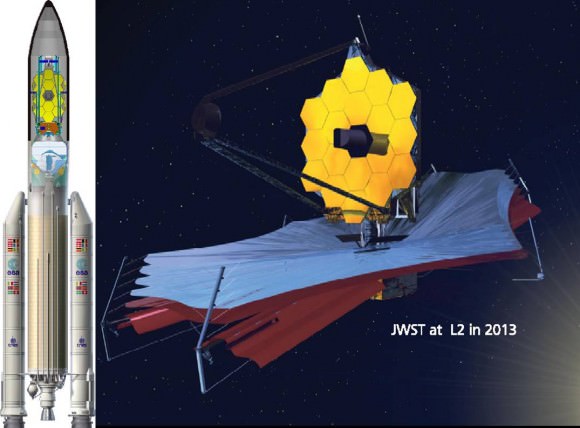[/caption]
On November 14, President Obama signed an Appropriations bill that solidified NASA’s budget for fiscal year 2012. The space agency will get $17.8 billion. That’s $648 million less than last year’s funding and $924 million below what the President had asked for. But it’s still better than the $16.8 billion proposed earlier this year by the House of Representatives.
To most people, $17.8 billion is a huge amount of money. And it absolutely is, but not when you’re NASA and have multiple programs and missions to fund. So where does it all go?
The bill highlights three major items when it comes to NASA’s budget. Of its total funding, $3.8 billion is set aside for Space Exploration. This includes research and development of the the Orion Multi-Purpose Crew Vehicle and Space Launch System, hopefully keeping both programs on schedule.
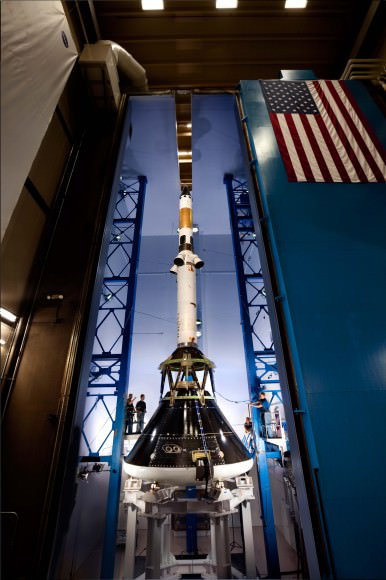
$4.2 billion has been allocated for Space Operations. This includes funds to tie up the loose ends of the Space Shuttle program, the end of which is expected to save more than $1 billion. The Space Operations budget, however, is $1.3 billion below last year’s level.
Coming to a very popular topic, the bill dedicates $5.1 billion to NASA Science Programs, a division that includes the James Webb Space Telescope. The JWST has garnered much attention this year, usually for being badly behind schedule and cripplingly over budget. Of the funding dedicated to Science Programs, $530 million is directed to the JWST project.
There’s a little problem hidden in this item in the bill. The $5.1 billion is just over the $150 million funding the Science Programs got last year. With $380 million on top of that increased promised to the JWST, where’s the money coming from? Other programs. As the bill says, “the agreement accommodates cost growth in the James Webb Space Telescope (JWST) by making commensurate reductions in other programs.” NASA will get the money for the telescope the only place it can – by cutting other programs.
This means potential major cuts to planetary programs since NASA’s manned program traditionally gets the most money. And understandably so. Aside from the real space enthusiasts who track robotic missions with gusto, an astronaut provides a great human link to space for the everyman. So even without an active manned program, it’s highly unlikely NASA will find the funds for the JWST program in its manned budget.
Planetary missions will likely take the hit. And a funding cut now could seriously affect NASA’s long range plans, such as its planned missions to Mars through 2020. Prospective missions to Europa will face difficulties too, a real shame since liquid water was recently discovered under the icy surface of that Jovian moon.
Unfortunately, NASA’s budget just can’t match its goals. For the near future, NASA will have to do what it can with what it’s got. As NASA Administrator Charles Bolden said in reference to the budget the House of Representatives originally proposed in February, it “requires us to live within our means so we can invest in our future.” Let’s all hope for some wise investing on NASA’s part.
Sources: “Summary: Fiscal Year 2012 Appropriations “Mini-Bus”, “2012 Budget is Set” from the Planetary Society.

